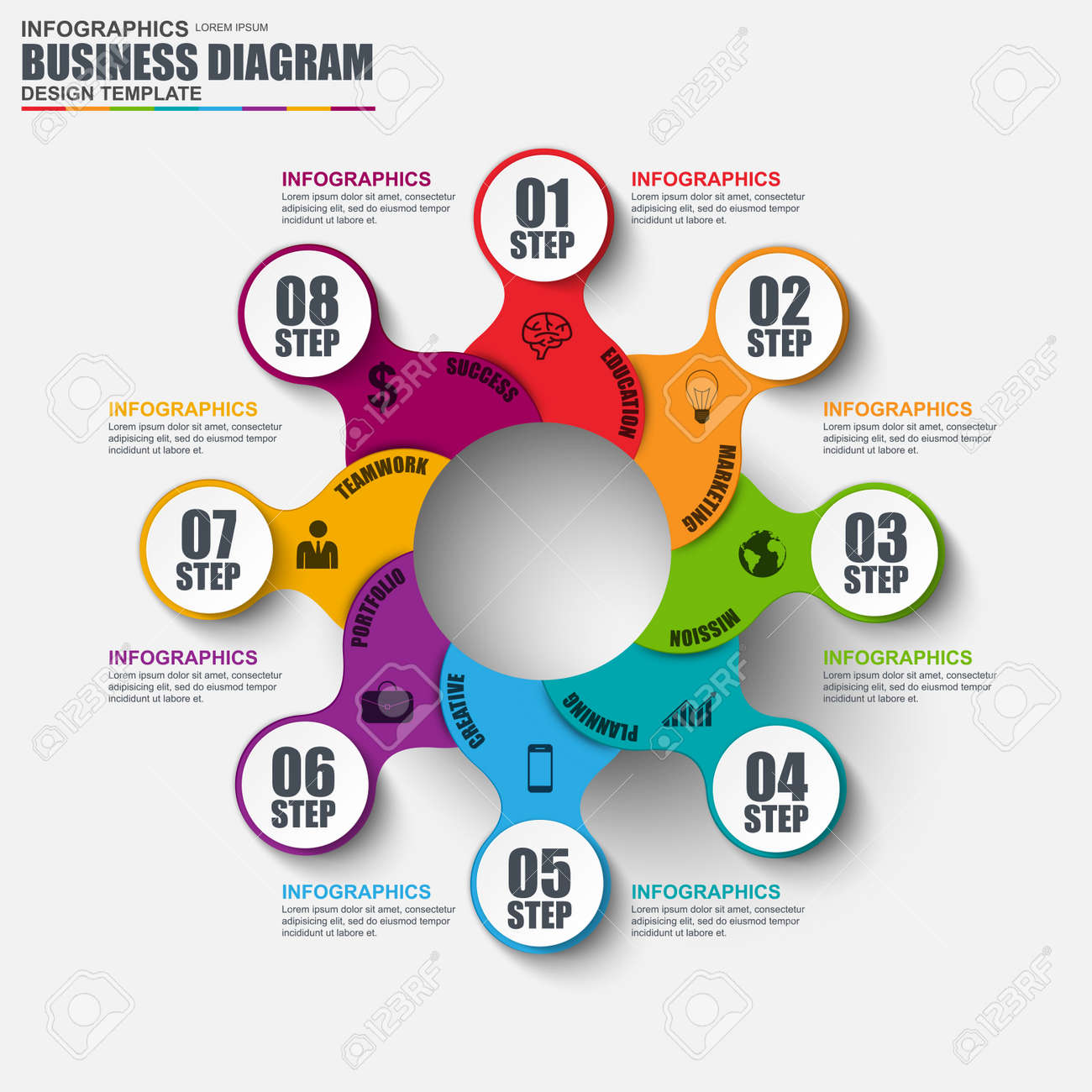Web Site Layout Fundamentals: Tips For Building A User-Friendly Website
Web Site Layout Fundamentals: Tips For Building A User-Friendly Website
Blog Article
Written By-Wiley Thorpe
When it concerns site design, making sure user-friendliness is crucial. From responsive design to structured navigation, every component plays an important function in developing a site that accommodates your audience's requirements. However what about web publishing software that can make or break a user's browsing experience? Stay tuned as we reveal some often-overlooked tips that can boost your internet site's functionality to the following level, making it absolutely stand apart in the digital landscape.
Relevance of Responsive Layout
Responsive layout is an important facet of modern site advancement. Guaranteeing your internet site is receptive methods that it can adjust to various display sizes and gadgets, supplying a smooth experience for users.
With the increasing use of mobile phones and tablets to access the net, having a responsive layout is necessary for getting to a broader target market. It aids in improving individual experience by making your web site very easy to browse and keep reading any kind of tool.
Additionally, responsive design can favorably impact your internet search engine rankings, as online search engine like Google focus on mobile-friendly internet sites. By having a receptive style, you're also future-proofing your site, as brand-new devices with differing screen dimensions remain to emerge.
Simplify Navigation Structure
To boost customer experience and promote very easy access to info on your web site, streamlining the navigation framework is critical. When creating your site, concentrate on creating a clear and intuitive navigating menu that aids site visitors discover what they're looking for promptly.
Restriction the number of menu items to the basics, organizing relevant pages together to prevent overwhelming individuals. Usage detailed labels that clearly indicate the web content of each web page, making it much easier for customers to comprehend where each link will take them.
Think about implementing dropdown menus for subcategories to stop cluttering the primary navigation bar. In addition, include a search bar prominently on the page for individuals that choose looking for specific information.
Prioritize mobile responsiveness in your navigating style to guarantee very easy gain access to on all gadgets.
Optimize Web Page Load Speed
Improving page lots rate is vital for retaining site visitors on your site. Slow-loading pages frustrate customers and can result in high bounce rates. To optimize page load speed, beginning by optimizing pictures. Compress pictures without compromising high quality to minimize their file dimensions.
In addition, enable internet browser caching to keep often accessed sources in your area, accelerating lots times for returning visitors. Minify CSS, JavaScript, and HTML files by eliminating unnecessary characters, comments, and format, enhancing load rate.
Think about utilizing a content distribution network (CDN) to disperse your web site's material throughout several web servers worldwide, minimizing latency for customers accessing your site from various places. Finally, just click the following document using third-party scripts and plugins, as they can substantially impact load times.
Conclusion
To conclude, by incorporating receptive design, streamlining navigating, and optimizing page load speed, you can develop a straightforward site that appeals to a larger target market and enhances customer experience. These essential elements ensure that site visitors can quickly access and navigate your site throughout different devices, bring about boosted engagement and complete satisfaction. By concentrating on these crucial elements, you can build a successful site that maintains customers returning for even more.
